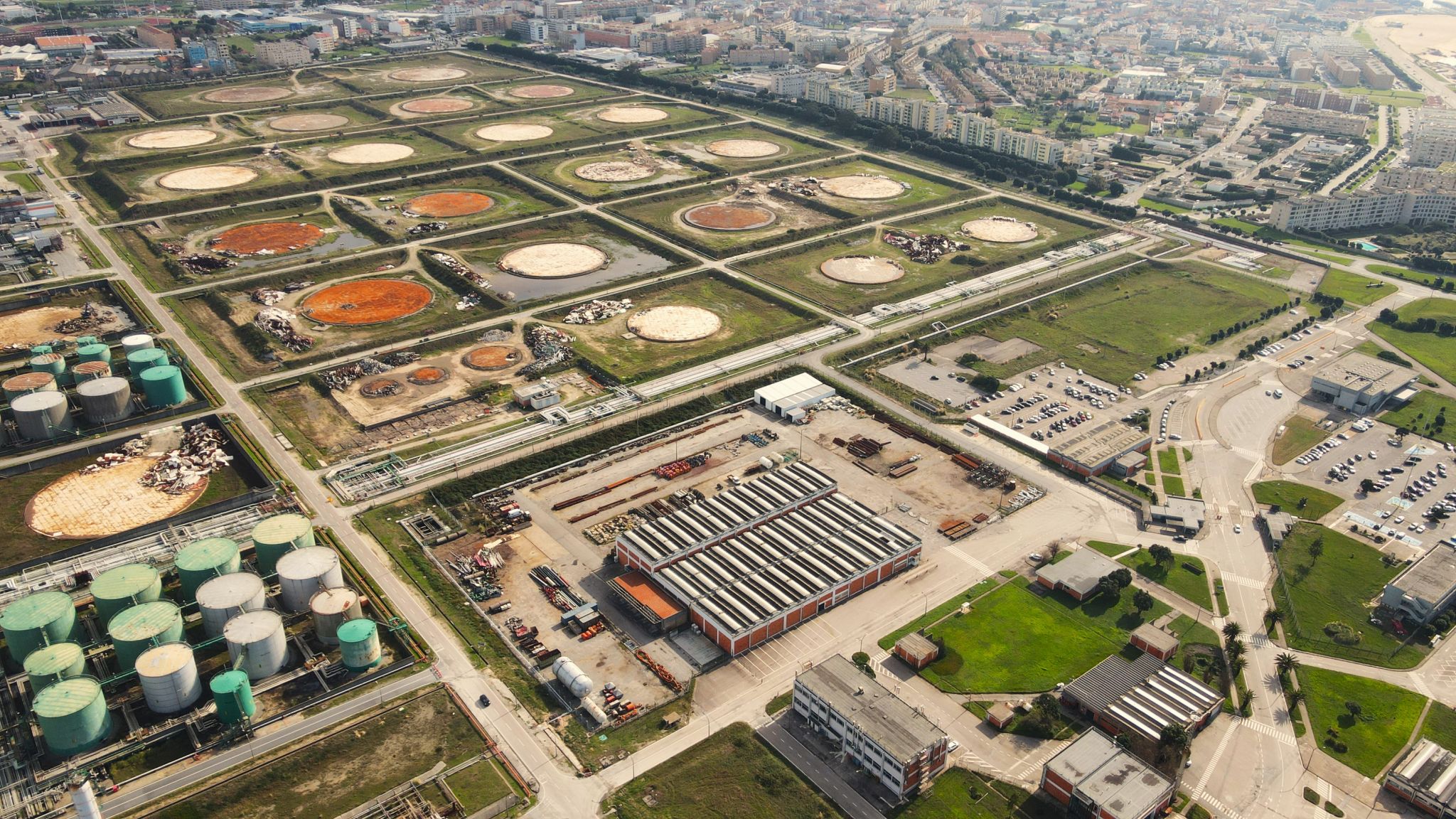Most Iconic Stadiums demolished over the last 20 years
Luke Gould 18th March 2021
Stadiums have a huge impact on sporting events, not only in hosting them but by representing their location and team in a way that becomes iconic. With that in mind, we’re revisiting some of the most iconic stadiums that have been demolished in the last 20 years.
Iconic stadiums demolished in the UK
Arsenal – Highbury (1913 – 2006)
Arsenal Stadium was universally known by its original name of Highbury. The gates closed for the final time in May 2006 after the team played its final season in redcurrant jerseys as a nod to the first Arsenal teams who played there.
Cardiff – Ninian Park (1910 – 2009)
The home of Cardiff City F.C. for 99 years, Ninian Park started life with just one wooden stand, before undergoing multiple renovations to host a capacity of 21,508 before its closure in 2009.
Derby – Baseball Ground (1890 – 2003)
First used for baseball until 1898, The Baseball Ground, which was sometimes referred to as the BBG, was the home of Derby County football team from 1895 – 1997.
Huddersfield – Leeds Road (1908 – 1994)
The home of Huddersfield Town A.F.C, Leeds Road Stadium was demolished in 1994 when the team moved to Kirklees Stadium.
Brighton – Goldstone Ground (1901 – 1997)
Once home to Albion football club, Goldstone Ground was demolished in 1997 and was redeveloped as a retail park. It’s now known as Goldstone Retail Park.
Middlesbrough – Ayresome Park (1903 – 1995)
Home to Middlesbrough F.C., Ayresome Park was an iconic stadium before it started to show its age in the early 1990s. It was decided that the club would move to a larger, new site that was ready for the 1995-96 season.
Wembley Stadium (1923 – 2003)
Known for its iconic twin towers, the original Wembley Stadium opened on 28 April 1923. It hosted a range of prestigious sporting events, including the annual FA Cup final, the 1966 World Cup Final, the final of Euro 96, and the 1948 Summer Olympics, before being demolished in 2003 to make way for the new stadium. The demolition arisings were then used to create Northala Fields, a park now located just four and a half miles from the site.
Iconic stadiums demolished across the world
Olympic Stadium Munich (1972 – 2005)
This short-lived stadium was home to Bayern Munich and TSV 1860 before it was replaced by the Allianz Arena, which was built for the World Cup in 2006.
Rasunda Stadium (1937 – 2013)
The Swedish national football stadium, Rasunda Stadium was closed down and replaced by the Friends Arena about 1km away.
Foxboro Stadium (1972 – 2001)
Home to the New England Patriots, Foxboro Stadium hosted many important Patriot games, as well as other sporting and music events. Music icons such as Madonna, Mick Jagger and Elton John performed here.
Vicente Caledron Stadium (1966 – 2017)
Home to Atletico Madrid, a professional football club in Madrid, the Vicente Caledron Stadium was notable in that the M-30 dual carriageway passes below one of the main stands.
Iconic stadiums demolished by H&S
The Dell
The Dell was home to Southampton FC between 1898 and 2001. When The Saints moved to their new home, St Mary’s Stadium, we prepared the site for demolition. The demolition process involved us demolishing the stadium as well as its offices, changing rooms, and hospitality facilities.
Floodlights at Fratton Park Stadium
Hughes and Salvidge completed an historic project at Portsmouth Football Club’s Fratton Park Stadium in 2019 to dismantle the floodlights. The iconic floodlights were the first to host a floodlit football match in 1956, however, they were no longer needed as the stadium had alternative lighting methods.
The project took place in three stages. Using a mobile platform, crane, and slinger, we dismantled sections of the first floodlight, located between the Fratton End and North Stand. This was re-erected by other contractors in the car park.
We then took down the second and third floodlights once their lamps had been safely removed.
The final one was taken down once telecoms equipment had been removed from the high-level structure and weather permitted works to safely take place. The final floodlight was the most complex to remove, as there was limited access to the part of the stadium it was located in, and it was also in close proximity to neighbouring houses. This final stage of the project was completed within one day and all elements of the floodlight were recycled.
As much as demolition can be filled with emotion, especially when the venue is iconic, it also provides space for new, modern buildings that are more efficient. Here at Hughes & Salvidge, we have years of experience in providing demolition services for projects of all shapes and sizes. For more information about our demolition services, please don’t hesitate to get in touch.



